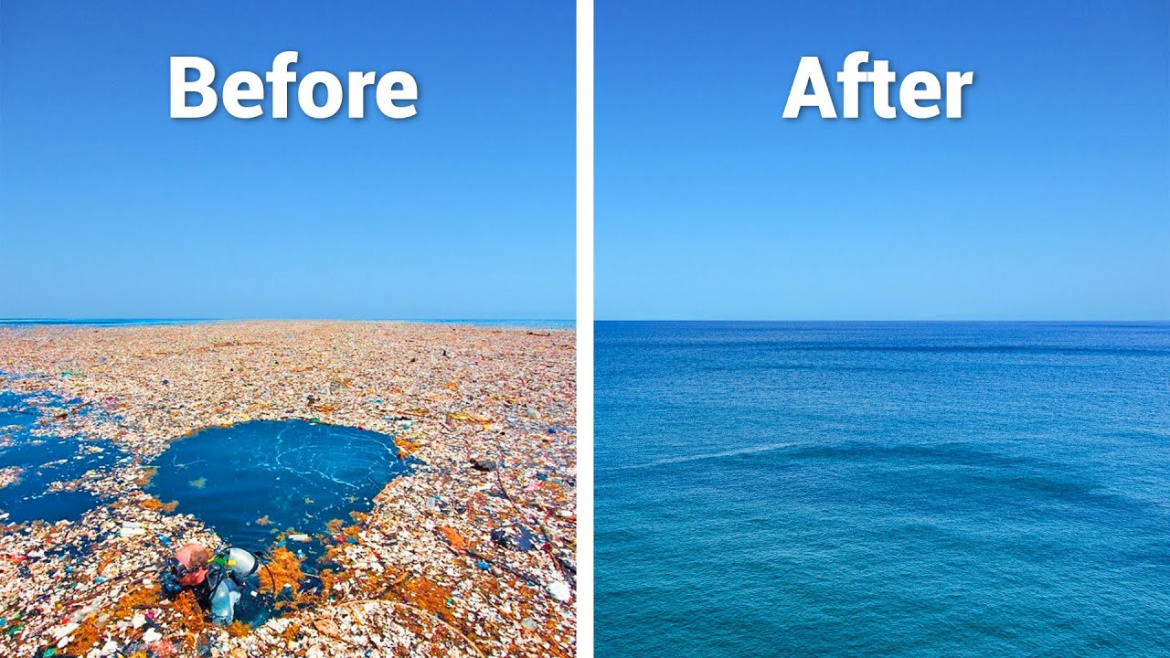The Ocean Cleanup is developing cleanup systems that can clean up the floating plastics caught swirling in the Great Pacific Garbage Patch. System 002, our latest system iteration, reached proof of technology on October 20th, 2021, meaning we can now start the cleanup.
About 10 million metric tons of plastic waste enter the oceans each year
 The ocean is the largest ecosystem on Earth and contains 94% of the entire planet’s wildlife. Ocean pollution has devastating effects on marine life and ecosystems. For example, plastic items can harm animals causing suffocation, entanglement, laceration, infections and internal injuries. For the sea to remain clean and healthy, carbon dioxide needs to be removed and oxygen introduced. Phytoplankton, mainly made up of ocean algae and different types of bacteria, perform this function, acting as the lungs of the ocean.
The ocean is the largest ecosystem on Earth and contains 94% of the entire planet’s wildlife. Ocean pollution has devastating effects on marine life and ecosystems. For example, plastic items can harm animals causing suffocation, entanglement, laceration, infections and internal injuries. For the sea to remain clean and healthy, carbon dioxide needs to be removed and oxygen introduced. Phytoplankton, mainly made up of ocean algae and different types of bacteria, perform this function, acting as the lungs of the ocean.
Healthy ocean ecosystems are those exhibiting normal form and function that is demonstrating sufficient organization, vigor and resilience to allow the ecosystem to exist, thrive and evolve as a natural system. About 10 million metric tons of plastic waste enter the oceans each year, killing seabirds, fish, and marine mammals. It breaks down into smaller pieces called microplastics that absorb a range of chemicals floating in the marine environment, including pesticides and toxic metals.
Hotter water temperatures mean that there’ll be less oxygen in the water, so many animals won’t be able to live in their current habitats and be forced to migrate. This will cause the death of many species.
The South Pacific is the least polluted of the world’s oceans. There are about 150 million metric tons of plastic in the oceans and a further 8 million metric tons are added to the oceans annually.



